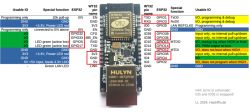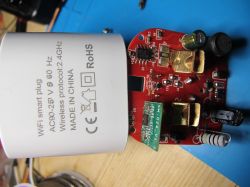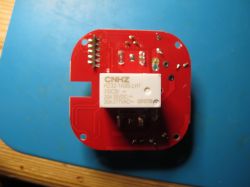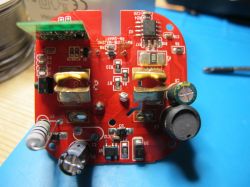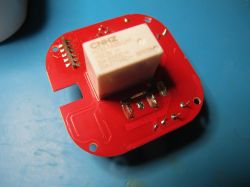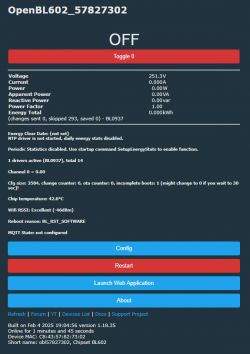Here a short look at the "Wi-Fi smart Plug Model: RMC021"
It uses the SM-028V1.3 Module based on a Bouffalo Labs BL602.
External Pictures
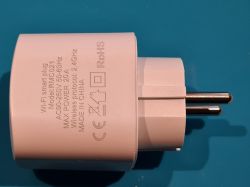
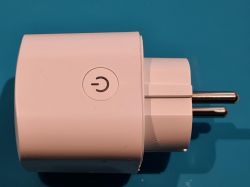
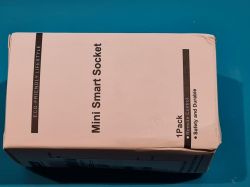
Internal Pictures
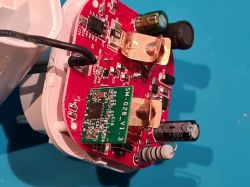

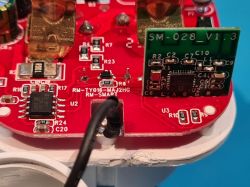
Connected to eWeLink App
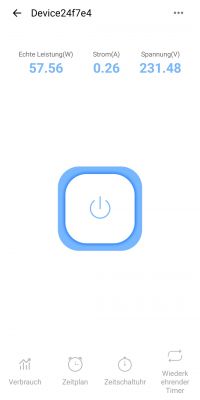
Firmware Backup: See Attachments
Now flashed with OpenBL
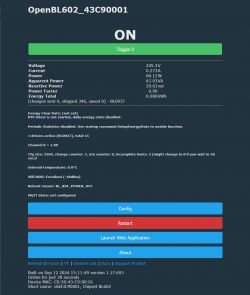
It was flashed with Bouffalo Lab Dev Cube via a serial/Uart connection using a CH340 based USB to TTL converter with cables soldered to the 5 pins on the SM-028_v1.3 module. (3,3V, GND, RX, TX, BT)
Sorry I took no pictures or screenshots while flashing.
The device seems to be more or less similar to the Devices already documented:
Brazil eWelink Smart Plug - divadiow
Yet another Smart Socket 20A (but 16A) - flobuljeedom
The only difference I have recognized so far is the Button connected to IO22 on this device.
My Current Template:
It uses the SM-028V1.3 Module based on a Bouffalo Labs BL602.
External Pictures



Internal Pictures



Connected to eWeLink App

Firmware Backup: See Attachments
Now flashed with OpenBL

It was flashed with Bouffalo Lab Dev Cube via a serial/Uart connection using a CH340 based USB to TTL converter with cables soldered to the 5 pins on the SM-028_v1.3 module. (3,3V, GND, RX, TX, BT)
Sorry I took no pictures or screenshots while flashing.
The device seems to be more or less similar to the Devices already documented:
Brazil eWelink Smart Plug - divadiow
Yet another Smart Socket 20A (but 16A) - flobuljeedom
The only difference I have recognized so far is the Button connected to IO22 on this device.
My Current Template:
{
"vendor": "Generic",
"bDetailed": "0",
"name": "Wi-Fi smart plug RMC021",
"model": "RMC021",
"chip": "BL602",
"board": "TODO",
"flags": "1024",
"keywords": [
"RMC021",
"SM-028_V1.3",
"BL602"
],
"pins": {
"2": "Rel;0",
"3": "BL0937CF1;0",
"14": "BL0937CF;0",
"20": "LED_n;0",
"21": "BL0937SEL;0",
"22": "Btn;0"
},
"command": "backlog",
"image": "https://obrazki.elektroda.pl/9547341300_1726165924.jpg",
"wiki": "https://www.elektroda.com/rtvforum/topic4075409.html"
}



